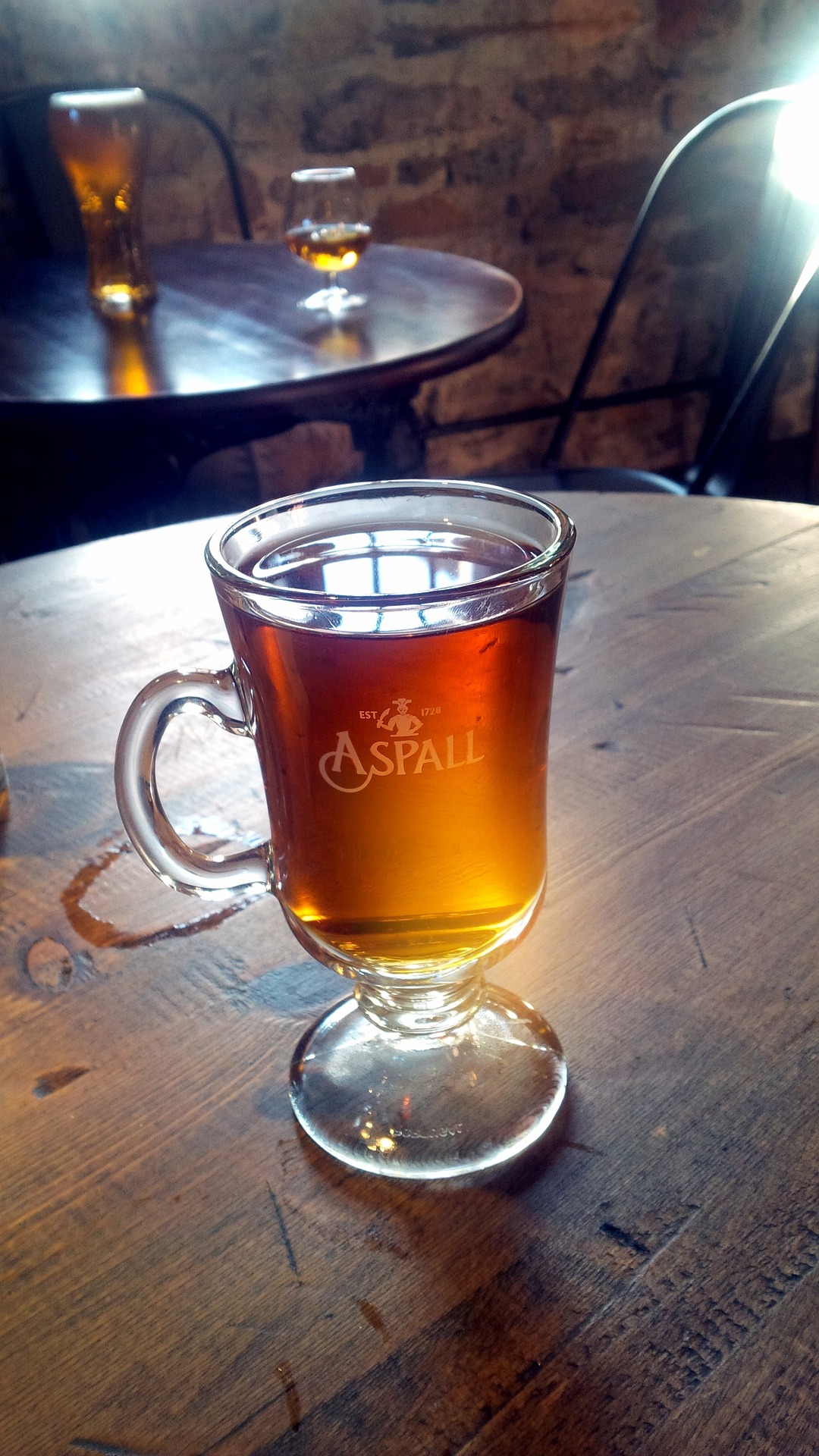Cider as we tend to think of it here in America is of the nonalcoholic variety. It’s sweet, and wholesome, and we buy it at farmers markets and orchards during September and October.
To the rest of the world, cider equates to hard cider, which is how it originated.
Let’s look further into the history of apple cider.
As early as the 4th century, the Romans were manufacturing alcoholic beverages from apples and pears.
Much like with ketchup, cider was a significant and appreciated food item during these times because of its preservation properties; this of course all changed with modern refrigeration, among other factors.
Although prominent throughout parts of Europe, it was Normandy who really brought cider-making about around the 1500s. I’d like to concentrate more on apple cider in our country, but if you’d like to read more about cider abroad The Apple Journal provides some great information, along with FoodTimeline.org.
We’ve discussed in the Food History of Apple Pie how crab apple trees were prominent in North America until the colonists brought over European trees. Moreover, Jonathan Chapman, also known as “Johnny Appleseed,” further populated trees.
What’s interesting about Johnny Appleseed, as a side note, is that he didn’t believe in grafting apple trees – he started all trees from seed.
Because of this, early apple cider was a result of these new varieties, and not the more substantial and well known European types. Today, there is even a Johnny Appleseed (hard) cider named after he who helped populate the beverage.
Anywho, apple cider was being enjoyed by the colonists for quite some time before they realized the all-purpose fruit could be used for eating, as well as drinking.
Apple trees grew easily in what would become the eastern United States. However, barley and other grains – required for beer production – was not as easily produced. Also, cider was cheaper to manufacture than both beer and wine, hence cider became the primary beverage of choice. But, this was not to last.
By the early 1900s, German immigrants came to America, and with them came beer. As folks began settling more and more land going out west, they found soil that was more barely-friendly than in the east. Finally, refrigeration came about as well, so beer was easier to keep.
Other alcoholic beverages such as whiskey became cheaper to manufacture as well, with wheat and corn in addition to barley being grown more. All three crops can produce a yield in one year.
What hurt cider’s success wasn’t so much the popularity of beer and whiskey rising, though, but Prohibition and the Volstead Act. During Prohibition, some breweries were able to produce sodas instead of their primary alcoholic beverage; cider-makers did not really have this same option.
Why not? After all, with refrigeration now prevalent, producing nonalcoholic cider is simple enough.
However, In addition to Prohibition, the Volstead Act limited “sweet” cider production to 200 gallons a year per orchard. Prohibitionists even went so far as to burn apple trees.
Cider wouldn’t make a comeback until the 1990s. At this point, apples could be shipped inexpensively from around the world. (They are quite hardy compared to other produce items, making them an ideal fruit for transporting.)
In lieu of new, competing products, some orchards have turned to cider production to keep their operation going. And thus, cider becomes prominent once again.
As mentioned before, apple cider today, in America, is primarily of the nonalcoholic variety (which is essentially unfiltered apple juice).
Personally, I don’t often see “hard” cider when I’m shopping or at a bar, but I wouldn’t be surprised at all if its popularity continues to rise. People like shopping at farmers markets and similar establishments today – they enjoy foods, drinks, and crafts made by “real” local people.
Artisanal cheeses, breads, and more are being purchased by more American shoppers – why not artisanal cider as well?
Before we close, I’d just like to mention that apple cider vinegar is a fantastic product. In fact, it’s so versatile, entire books have been written on its uses.
Apple cider vinegar has been around as long as apple cider.

Fantastic! I went to a brew festival here in Gettysburg in August, and there were 3 or 4 different hard cider vendors alongside the beer brewers!